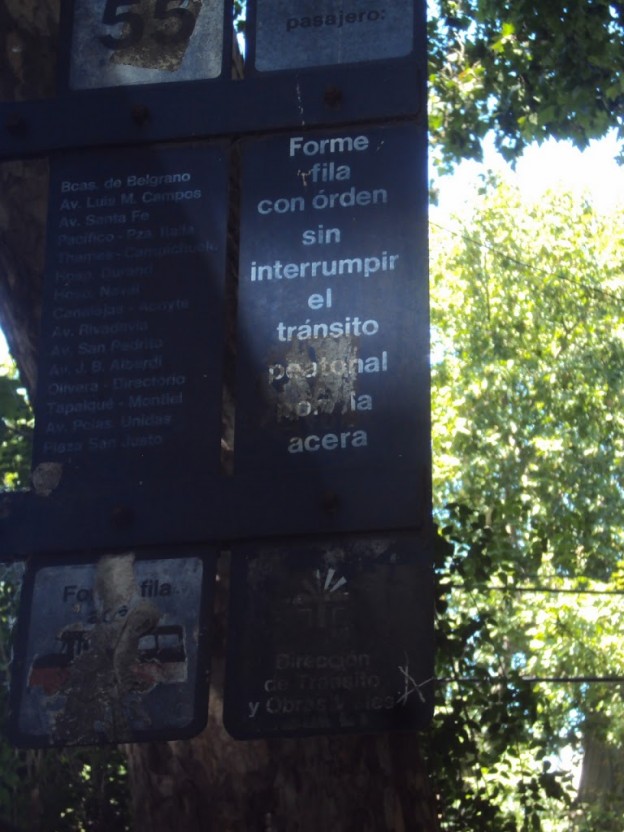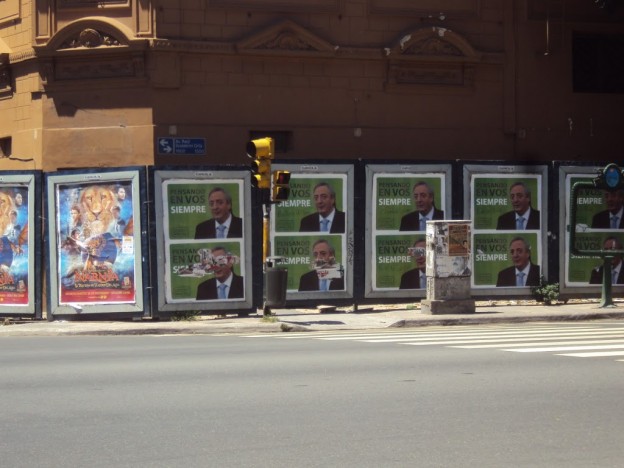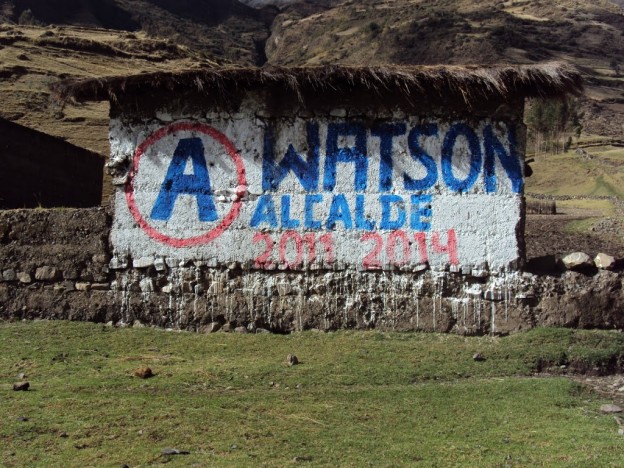To North-American eyes this was a thoroughly surprising message:
“Esta casa NO está en vente” (This house is not for sale.)
Anti-marketing? Why write that on a building?
Turns out the anti-message is rooted in changes taking place in Bolivia under the government of Evo Morales, the country’s first indigenous president, even though the majority of Bolivians are indigenous.
Speaking with some of the property-owning locals we learned that it has become increasingly difficult to maintain ownership of anything other than the house they live in. It appears it has become relatively easy for squatters to gain title to unoccupied properties. One person we spoke with, told us they were paying someone to live in a second house they own, in order to protect their ownership. Yes, you read that right. They are paying someone so when they want to use the house in another way in the future they are able to because it is still theirs.
This also explains some of the other unusual notes scrawled in large letters in properties that weren’t in use, such as land without buildings. That message was usually something like “This property belongs to [insert name] and it is not for sale. [phone number]”
This was a good reminder to never assume that our own economic, social or cultural context is some kind of gold standard for how things “should” be and what we expect of others.

















